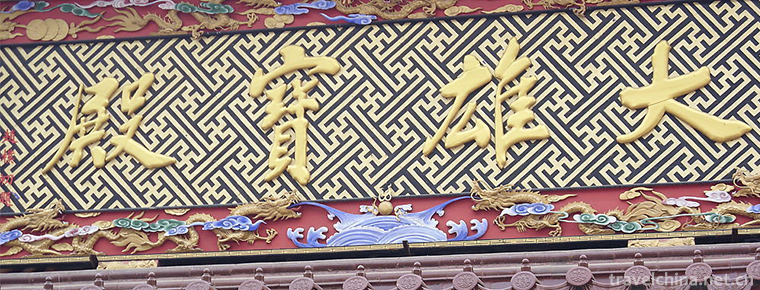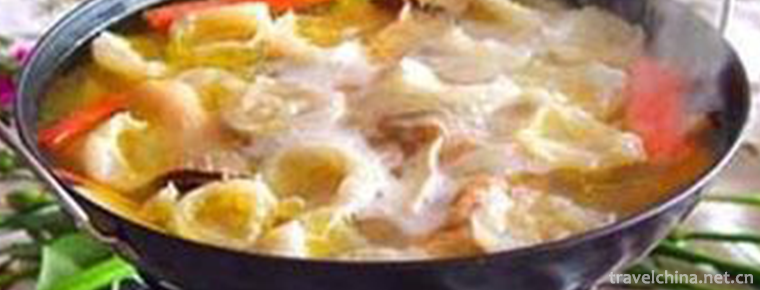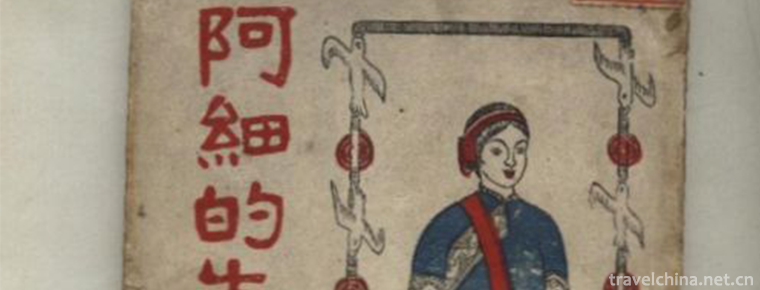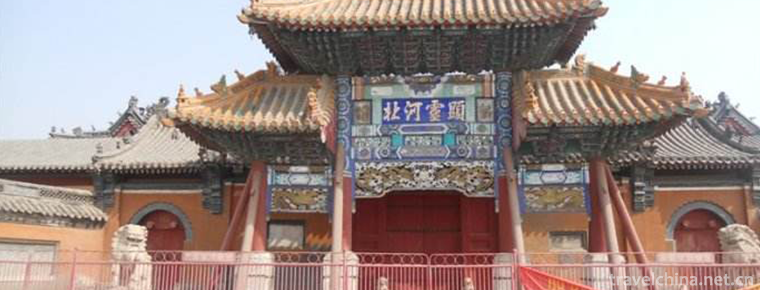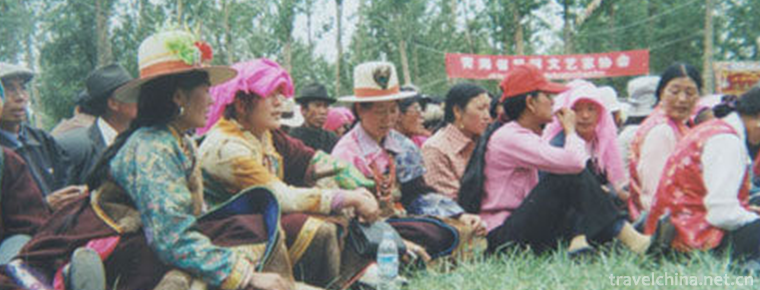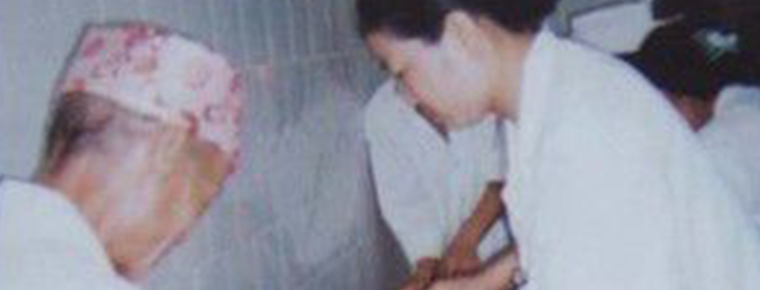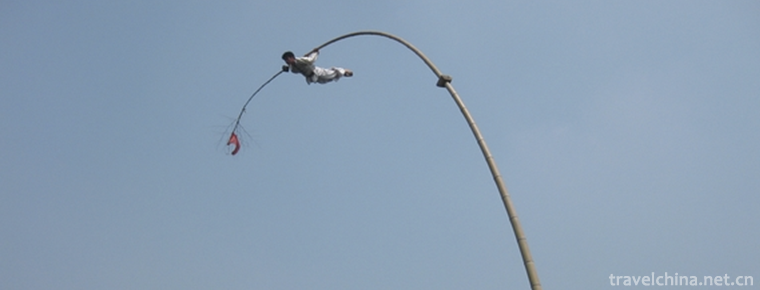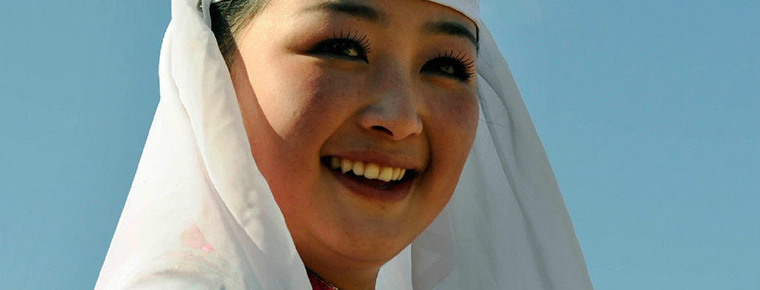Shatar Mongolian chess
Shatar Mongolian chess
Mongolian chess is a popular folk sports game in Inner Mongolia. Generally speaking, there are two types of Mongolian chess, one is Shatar with 8 x 8 squares on the chessboard, the other is Hayashatar with 10 x 10 squares, but Hiashatar is seldom known. The following are all Shatar. Mongolian chess is similar to international chess in form, movement and rules, but different from international chess flag. Mongolian is called "Satra", which is one of the ancient and unique game games in the northern grasslands. Sitar, Shatra and Shatara are popular Mongolian chess games. At present, the rule of 64-square chessboard is popular, and Mongolian elephant chessboard of Baige chessboard is rare.
Mongolian chess, called "Shatara" in Mongolian, is also written as "Hitar", which is the transliteration of "Shataraz" in Arabic.
Introduction to Game
Mongolian chess, called "Shatara" in Mongolian, is also written as "Hitar", which is the transliteration of "Shataraz" in Arabic. It is a kind of chess popular in ancient Mongolian society. Some of Mongolian chess moves are the same as international chess. However, Mongolian chess has its own characteristics, such as the horse has no other restrictions and can not eventually kill each other's officers, officers and cars generally can not be transposed, when need to transposition, the first officer to move toward the car two squares, and then let the car jump over the officer, horses or camels can not directly kill, generally not allow each other to eat up, to leave a son for the other. Its chessboard is a square of sixty-four small squares arranged alternately in shades of color, just like the chessboard of international chess. Light color is called Baige, dark color is called Haig, chess pieces are divided into white and black, a total of 32, each side has a king, a handsome, two cars, two elephants, two horses and eight small soldiers. The difference is that Mongolian chess carves the image of a camel and a hunting dog, which adds to the atmosphere and characteristics of nomadic life in the grassland. In the folk, playing Mongolian chess is still the way of ancient Persia, which is also the original way of chess.
Relevant Records
A popular chess in ancient Mongolia, according to "Miscellaneous Records of Qiaoxi" written by Ye Mingli of the Qing Dynasty, Mongolian chess system and setting method are: "Nine vertical and horizontal lines of the game, sixty-four lines. Sixteen chess pieces each: eight pawns, two carriages, two horses, two elephants, one gun and one general. Don't use Zhu Mo to center right, one gun to center left, one car, horse and one elephant to cross the front. The chess game has no river boundary, and the whole game is feasible. The so-called animal husbandry should follow the water and grass. Its chess shape without words, will carve pagodas, image worship is also. Like a camel or a bear, there is no elephant in the north. When the soldiers go straight to the end, the beveled enemy is the former, and they go back and forth, using the same vehicle, Jia has made great contributions. Horses cross six dragons, camels can slant eight dragons, because of desert land, camels travel faster than horses. Driving straight line, freedom of advance and retreat. There is no way out of a tower. Beginning with defeat.
"Chinese National Customs Records" contains: "Mongolian chess and inland chess are different. I don't know where it started. There are nine vertical and horizontal lines, sixty-four hexagrams, sixteen chess pieces, eight pawns, two chariots, two horses, two elephants, one gun and one general. They have a round chess surface. They carve the pagoda, carve the elephant or bear, and beat the pagoda around with no way to defeat. This is also the special civilization of Mongolia. According to the second volume of "Xiaofang Huyudi Banknote Cluster", the difference between Mongolian chess and Chinese chess is: "Like carved camels or bears, there is no image in the North... No scholar, no Confucian scholar... There are no rivers as a boundary, the water and grass as livestock also "shows the color of nomadic life.
According to Suiyuan Tongzhi Manuscript, Mongolian chess is carved into various models with small wood. Ji Nooyan II. Lions and tigers are one each. Four camels and four horses. Wheel 2. Baopen II. Little Lion Eight. Little Tiger Eight. Thirty-two pieces in total. In the game, each side holds sixteen. One side is Noyan, Lion, Camel, Horse, Wheel, Lion. One side is Noyan, tiger, camel, horse, treasure basin and tiger. Both sides are painted red and yellow. Draw sixty-four squares on square paper. Thirty-two squares each. Game method: Place chess pieces in the middle of the square, then go back eight squares, two squares put Nooyan and the lion. Left and right camels, horses, wheels. Each of the first eight squares has a lion. The other party's arrangement is the same. There are no rules about who goes first and who goes later in the game. The Chief Executive, right, left or front, takes only one step. Lions and tigers can walk from side to side. The camel slopes forward. Horses turn around. Wheels and treasure basins, such as chess cars, can go around. The lion and the tiger take a step forward. If they reach each other's base, they can be used as tigers and lions. The end is Nooyan, who is trapped to death, and the use of it is infinite." According to Qiaoxi Zaji, Mongolian chess is composed of nine vertical and horizontal lines and sixty-four squares. Sixteen chess pieces each: eight pawns, two carriages, two horses, two elephants, one gun and one general. Don't use Zhu Mo to center right and one gun to center left. Cars, horses and elephants are left and right ranks. The chess game has no river boundaries. The whole game is feasible. The so-called animal husbandry is along with water and grass. Its chess shape without words, will carve pagodas, image worship is also. Like a camel or a bear, there is no elephant in the north. When a soldier goes straight to the end, he who eats the enemy at an oblique angle goes back and forth, using the same vehicle as Jia Yougong. Horses run six, camels can slant eight, because in the desert, camels travel faster than horses. Driving straight line, freedom of advance and retreat. When a group of people circles a tower, there is no way out, and it loses.
Current Situation of Development
At first, Mongolian chess was mainly popular among Mongolian nobles and lamas in monasteries. By the mid-thirteenth century, when Genghis Khan fought in Eastern Europe, because of the need for training and entertainment in the army, it was widely used among soldiers. Genghis Khan often consulted with his soldiers about chess skills, which was called "the first of literary and sports activities". Since then, it has been widely circulated among the people, even many women and children enjoy playing games. Mongolian chess is often listed as the annual grassland Festival - Nadam Convention competition items, when chessboards are arranged on the grassland, the chessboard experts from far and near gather, the battle support team is huge, very spectacular. In the mid-1980s, after the establishment of Mongolian Chess Branch of Inner Mongolia Chess Association, the improvement and development of Mongolian Chess has been paid more attention, making the game of Mongolian Chess more standardized and extensive, and other national chess fans have joined in succession. However, we should also clearly see that such a beneficial activity, which once wished the whole nation for nearly a thousand years, has not received due attention and advocacy. Every time a regional competition is held, due to financial difficulties, some League cities do not even participate in the competition at all, although they have masters at the autonomous region level. "More tragically, the Mongolian teenagers abandoned Mongolian chess one after another under the impact of new entertainment. In 2001, when the first National Games were held in Hohhot, the Tuzuo Banner, known for its Mongolian popularity, had to abandon this must-be-reported event because it was difficult to find Mongolian chess players." Shen Changwei seems helpless to the indifference that Mongolian chess encounters in its development.
Mongolian chess has a broad mass base in Inner Mongolia Autonomous Region and other areas of the country. Hundreds of thousands of people regularly participate in this sport . Many chess fans of Oroqen, Daur, Ewenki, Hui, Manchu, Han and other brotherly nationalities also like Mongolian chess very much. In 1989, the Second National Minority Traditional Sports Games of Inner Mongolia Autonomous Region listed Mongolian Chess as a formal competition item. The first Mongolian Chess Association Cup in Inner Mongolia was held in Hohhot on the National Day "Golden Week" in 2004, and the "Regulation of Mongolian Chess Grade Title" was implemented for the first time.
Game Evaluation
Mongolian chess, as a recreational activity, is easy to learn and suitable for everyone. Whether young or old, they can play anywhere. Moreover, the game method is exquisite, the situation changes greatly, if you are not careful, you may succeed or fail. If you want to win, you must have strong fighting spirit and enough patience. Mongolian chess, like other chess activities, is a kind of "hand talk" of spiritual communication and a friendly competition between two sides based on honesty and credit. But it is also a kind of intellectual contest, coupled with time constraints, it is more intense and stimulating. In order to win the initiative and remain invincible, chess players need to have rich imagination, keen insight and unique creativity.
It can be said that Mongolian chess is a national, interesting, knowledgeable, open, competitive, popular and artistic entertainment. As a unique national competitive activity, Mongolian chess is not as famous as wrestling, archery and horse racing, but it is second only to their Nadam game. It is worth mentioning that the outstanding Mongolian chess players are often also masters of international chess. In this sense, Mongolian chess can go to the world and its development prospects are bright. At present, in the world's chess activities, the largest number of participants are Chinese chess and chess. Mongolian chess inherits the common ground of the two and is a unique school. It has neither too many territorial restrictions and feudal hierarchical autocratic colors as Chinese chess, nor too many unreasonable laws as chess, leading to unnecessary complications. Mongolian chess, simple but not simple, open and not indulgent, is a scientific game of competitive chess game.
The similarities between Mongolian chess and chess play a positive role in promoting the development of Mongolian youth chess. The long start of Mongolian chess and the situation with closed characteristics are more conducive to the psychological quality and sports endurance of young players. At the same time, the extensive mass base of Mongolian chess provides fertile soil for the selection of young athletes.
Related activities
In 1989, Mongolian chess was listed as an official competition item for the first time in the second traditional minority sports meeting of the autonomous region.
In 1993, the National Sports Commission recognized Mongolian chess as a national sport and wrote it into the sports manual.
In 1996, the Autonomous Region Chess Association officially added the Mongolian Chess Branch, and changed the original annual three chess games into four additional Mongolian chess games.
In May 2005, the Preparatory Committee of the Mongolian Chess Association of the Autonomous Region was formally established, and at the meeting, the corresponding leadership list and articles of association were adopted.
The First Youth Mongolian Chess Competition of the League in 2014

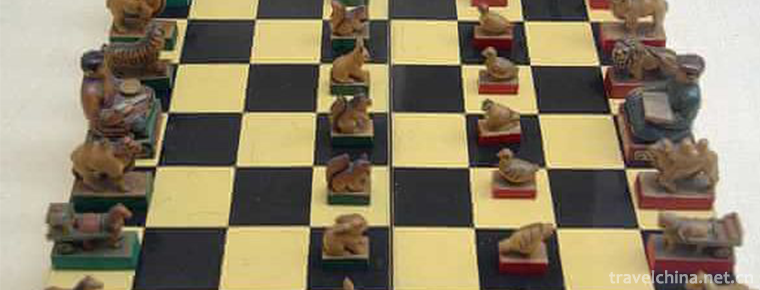
Shatar Mongolian chess
-
Beihai Seabed World
Beihai Seabed World is a national AAAA-level tourist attraction and national marine science education base. It is a large-scale comprehensive ocean hall which mainly displays marine organisms and inte
Views: 210 Time 2018-12-26 -
Nanhai Chan Temple
Nanhai Chan Temple, a national AAAA scenic spot, is located in the southeast corner of Runan County, Zhumadian City, Henan Province, China
Views: 137 Time 2019-02-07 -
Fish Swallow in Bazhen Fresh Soup
Ingredients: Six or two fish swallows are served well. Lentinus edodes, crab willow, Jinhua ham, clam, shrimp
Views: 223 Time 2019-03-27 -
Ah Xi Xian Ji
"Xianji" is an epic of the Ashi people of the Yi tribe, which is spread orally among the Ashi people in the Xishan area of Maile City, Yunnan Province. "Xianji" is the transliterat
Views: 213 Time 2019-03-28 -
Anguo City
Anguo City, formerly known as Qizhou, is now the jurisdiction area of Baoding City, Hebei Province, 100 kilometers south of Shijiazhuang, the provincial capital.
Views: 294 Time 2019-03-30 -
Tibetan Layi
Tibetans are divided into three major dialect areas: Weizang, Kangba and Anduo, which form three areas with cultural characteristics combined with topography.
Views: 135 Time 2019-04-10 -
Dai Medicine Sleeping Drug Therapy
Sleeping pill therapy, one of the ten traditional Dai medicine therapies, is the third batch of national cultural heritage in Yunnan.
Views: 182 Time 2019-04-24 -
High bar technology
High-pole boat acrobatics is a traditional folk acrobatics project which simulates silkworm babies'silk spinning as cocoon action performed at the sacrificial ceremony of Silkworm God in Zhejiang Prov
Views: 159 Time 2019-04-30 -
Hui Costume
The main symbol of Hui costume is the head. Men like to wear white caps. Hui women often wear a hood. Older Hui women wear black or brown headscarves in winter
Views: 140 Time 2019-05-04 -
Shiwan Ceramic Sculpture Technology
Shiwan pottery sculpture has a long history. It first appeared in the Eastern Han Dynasty. It reached its peak in the Song Dynasty. After the founding of New China, the manufacturing level and artisti
Views: 164 Time 2019-06-15 -
Fangshan Luzhou
Luzhou Fangshan is a famous mountain in Sichuan. There are Emei Bantang, xiaozhongnanshan, xiaoemei, Yunfeng, etc. It is composed of 99 peaks, which are square from all sides, and are extremely magnificent.
Views: 122 Time 2020-10-16 -
The origin of Chinese embroidery
Embroidery originated very early. The article on the embroidery of Fu Yu can be seen in Shangshu. In the time of Yu Shun, embroidery was already in use. In the Eastern Zhou Dynasty, there was an official in charge of it, and in the Han Dynasty, there was Royal embroidery
Views: 135 Time 2020-12-12

